What Are 20 Basic Items in an Emergency Kit?
I know we talk a lot about emergencies on Food Storage Moms. However, I’d like you to consider “what are the 20 basic items in an emergency kit?” It’s fantastic to have all of those other items, but sometimes you just want to break it down to something super basic. That’s what I’m going to do for you today! I’m taking you way back to the basics, just like we were both starting over.
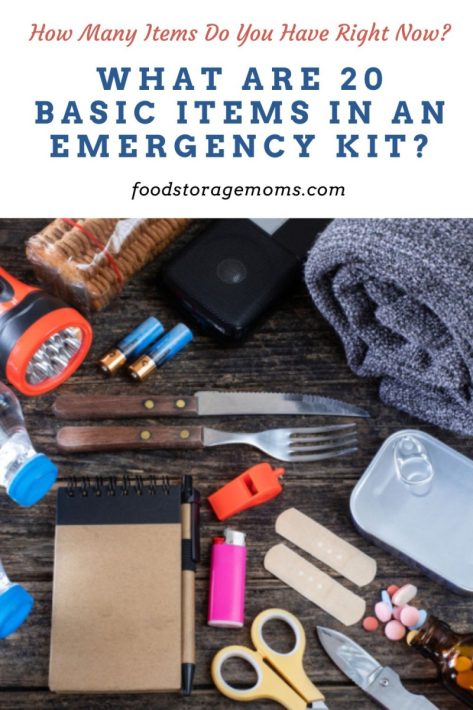
20 Basic Items in an Emergency Kit
Emergencies can happen at any time, and being prepared is crucial to ensuring the safety and well-being of yourself and your loved ones. An emergency kit is an essential tool that can help you navigate unexpected crises such as natural disasters, power outages, or other emergency situations. In this post, we’ll discuss 20 items that should be in your emergency kit to ensure you’re ready for pretty much anything. The 5 Basic Things You Need to Survive
1. Water
One of the most critical resources during an emergency is clean drinking water. It’s recommended by the American Red Cross to store at least one gallon of water per person per day, with a minimum three-day supply. Water purification tablets or a portable water filter can also be helpful in case your water supply runs out. Water Storage: How Much Do You Really Need?
I’ve always suggested to my readers that they consider having four gallons per person per day so they can deal with hydration, cooking, personal sanitation, and possibly cleaning underwear. Saying this much water is part of your “kit” could be a stretch, but you certainly don’t want to run out of water.
2. Non-perishable Emergency Food
A three-day supply of non-perishable food items is essential for an emergency kit. Choose items that are easy to prepare, require little or no water, and have a long shelf life. Try to have things available with at least one-year shelf life, if not longer. Examples include canned goods, granola bars, and dried fruits. 10 Awesome Facts About Canned Foods
You should have a stock of plastic utensils so you can mix and eat the food available, you don’t want to eat the food with your fingers.
3. Manual Can Opener
A manual can opener is necessary for opening canned goods if your non-perishable food items come in cans. Electric can openers may not be useful during power outages. How To Make Heat In A Can For Hunting or Survival
4. First Aid Kit
A well-stocked first aid kit is crucial for treating minor injuries during an emergency. Make sure your kit includes adhesive bandages, gauze, antiseptic wipes, tweezers, scissors, and pain relievers. First Aid Kits-What You Need To Survive
You may want to add some non-prescription medications and other supplies. Having antibiotic ointment and other ointments, meds for stomach aches or diarrhea, antacids, contact lens solution, adhesive tape, laxatives, suntan lotion, lip balm, masks, and hand sanitizer are all good options.
5. Prescription Medications
If you or a family member relies on prescription medications, ensure you have at least a week’s supply in your emergency kit. Be mindful of expiration dates and replace medications as needed. 35 OTC Medications You Should Store
6. Battery-Powered or Hand-Crank Radio
A battery-powered or hand-crank radio is vital for staying informed during an emergency. It allows you to receive weather updates and other essential information from authorities. An NOAA weather radio is very helpful and worth the expense if you live in an area prone to wide variations in weather conditions.
7. Flashlights and Extra Batteries
Flashlights are crucial for navigating in the dark during power outages. Make sure to include extra batteries, as well as a battery-powered or hand-crank flashlight in case your primary flashlight fails. What Happens When The Power Goes Out
I love my solar flashlights and keep a few on my window sills being charged all the time.
8. Whistle and Walkie Talkies
A whistle can be used to signal for help in case of an emergency. It’s a simple but effective way to alert rescuers of your location. How to Put Together a Pill Bottle Survival Kit
Get a good set of Walkie-Talkies, they are great for communication.
9. Dust Masks
Dust masks can help protect your lungs from debris, smoke, or other contaminants during an emergency. Include one mask per person in your kit. The Pros and Cons of Wearing a Mask Long Term
10. Emergency Blanket
Emergency blankets, also known as space blankets or Mylar blankets, are lightweight and compact, making them easy to store in your kit. They can help retain body heat and protect against the elements. 6 Reasons To Store Blankets For Any Emergency
Having a warm blanket available is a good plan B if the Mylar blankets aren’t in your financial plans right now.
11. Multi-Tool
A multi-tool is a versatile item that can serve various purposes during an emergency. Look for a tool with features such as a knife, pliers, screwdriver, and bottle opener. Invaluable Tools Necessary for Transporting Emergency Supplies
They do make small tool kits at reasonable prices if you feel the extra level of protection is important.
12. Personal Hygiene Items
Maintaining personal hygiene during an emergency is essential for overall health and well-being. Include items like toothbrushes, toothpaste, soap, and feminine supplies for daily hygiene are important products for your kit.
If you have little children, don’t forget diapers, baby wipes, baby food, and possibly infant formula.
13. Cash and Important Family Documents
In case of evacuation, having cash on hand and copies of important documents (e.g., identification, insurance policies, birth certificates, passports, and medical records) can be helpful. Store these items in a waterproof container.
14. Cell Phone Charger and Backup Battery
A charged cell phone is vital for communication during an emergency. Include a portable charger and backup battery in your kit to ensure your phone stays powered.
Some people rely on walkie-talkies for local neighborhood communications too.
15. Duct Tape
Duct tape has countless uses in emergency situations, from fixing broken items to sealing windows or doors. Include a roll in your kit for its versatility. Duct Tape: Why You Need to Store It
16. Matches or Lighter
Matches or a lighter can be used to start a fire for warmth, cooking, or boiling water. Store them in a waterproof container to keep them dry. Fire Extinguishers: More Important than a Gun?
17. Extra Clothing
Include a change of clothing for each person in your emergency kit. Opt for weather-appropriate, durable clothing that can provide protection and warmth. 5 of the Best Winter Clothing Fabrics to Have on Hand
For colder climates, you should consider a sleeping bag and a portable shelter like a tarp.
18. Sturdy Shoes and A Sturdy Bike
Sturdy, closed-toe shoes are essential during an emergency, especially if you need to evacuate or navigate debris-filled areas. Make sure each family member has a pair in the kit. Quick And Easy Way To Get Rid Of Stinky Shoes
Having a well-maintained bike will help you move faster if you need to evacuate and your car cannot go on the roads.
19. RainGear
Rain gear, such as ponchos or rain jackets, can help protect you from the elements during an emergency. Include one for each person in your kit. How to Use Rain Water at Home
20. A Local Map
A local map can be invaluable during an emergency, especially if you need to evacuate. It can help you navigate unfamiliar areas and find safe routes to shelters or other resources. Types of Emergency Preparedness
Optional Items to Consider for Emergencies:
Again, kits can be designed to hold various inventories, if you have room, consider these extra items:
- Garbage bags
- Plastic ties
- Plastic sheeting
- Plastic bins
- Work gloves
- Paper towels and paper napkins
List of Other Emergency Kits to Consider Having:
- What You Need in Your Emergency Kit
- What Do You Really Need in Your Emergency Kit?
- School Emergency Kits: What You Need to Know
- Quick And Easy 72-Hour Emergency Kit For Survival
- What You Need in Your Emergency Bathroom Kit
Final Word
A well-stocked emergency kit is the first step towards being prepared for any crisis. By including these 20 basic items in an emergency kit, you’ll be better equipped to handle emergencies and ensure the safety and well-being of yourself and your loved ones. May God Bless this world, Linda
Copyright Images: Emergency Supplies Depositphotos_377504588_S, Medical Supplies Depositphotos_377505642_S

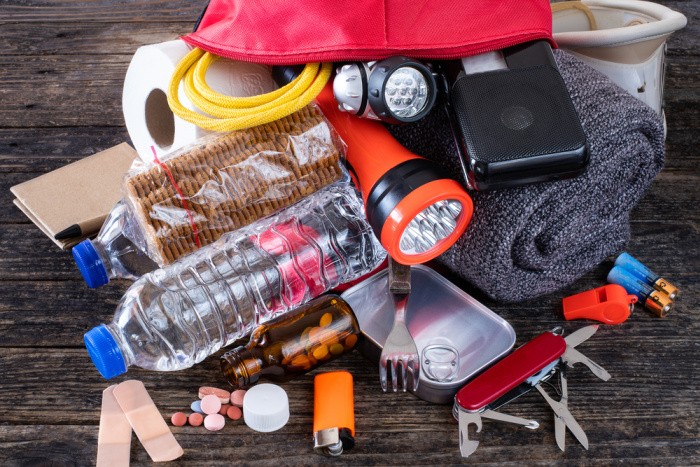

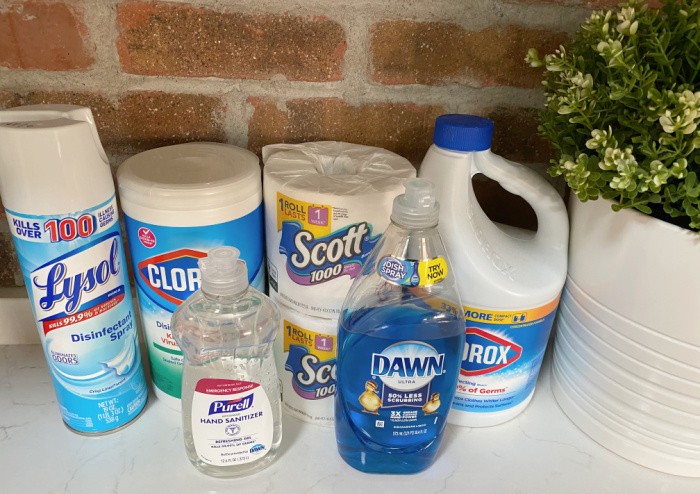

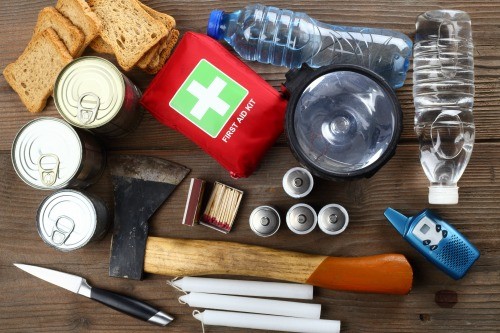
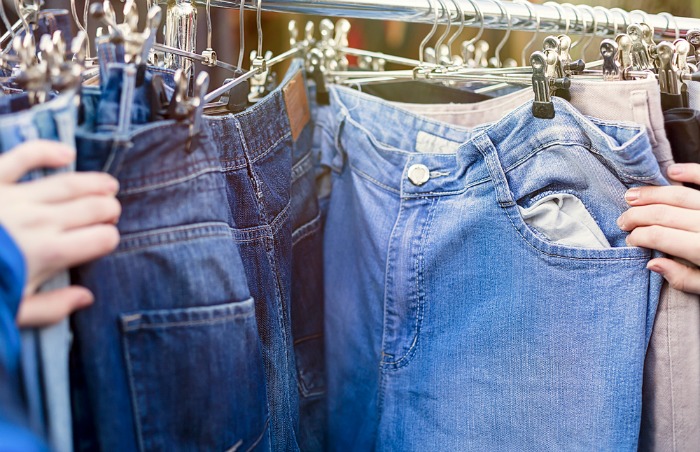
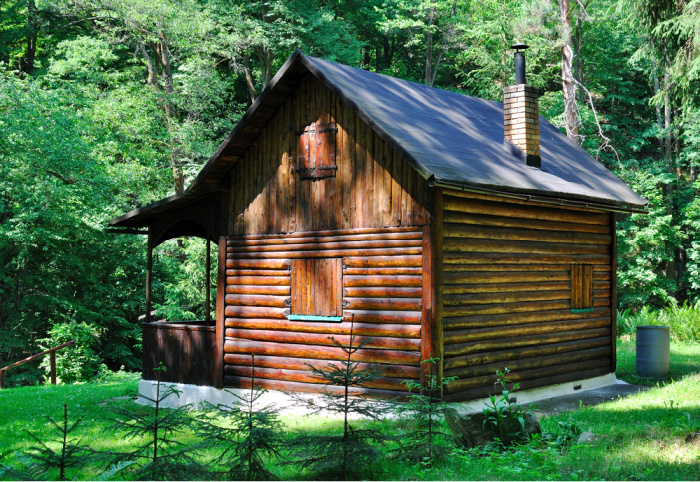
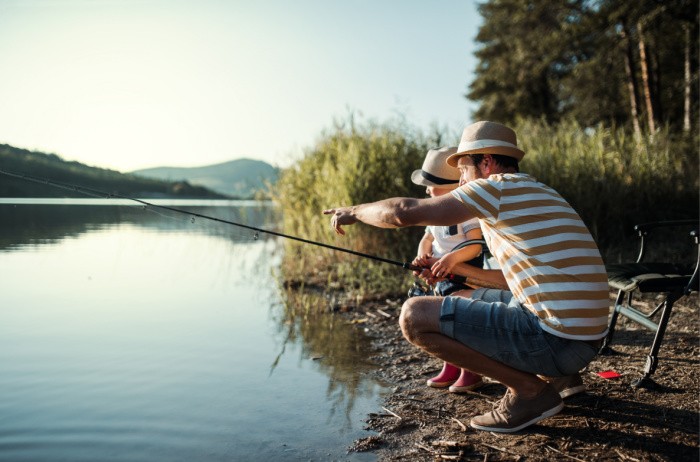

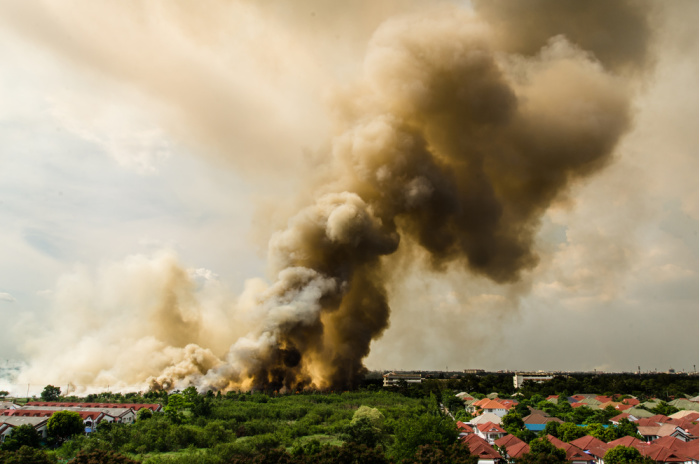
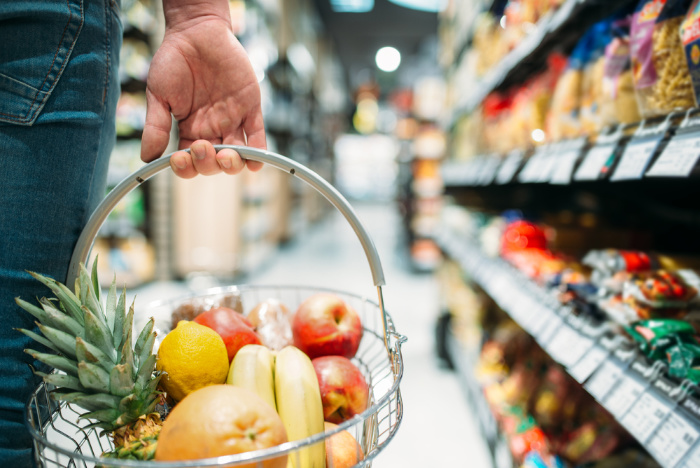
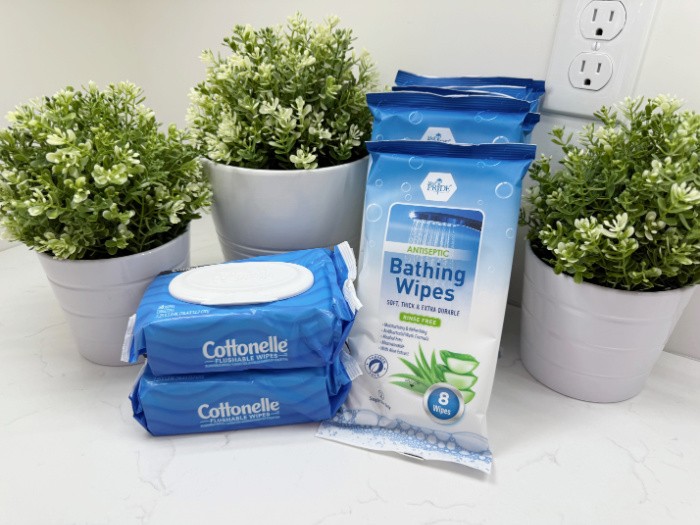
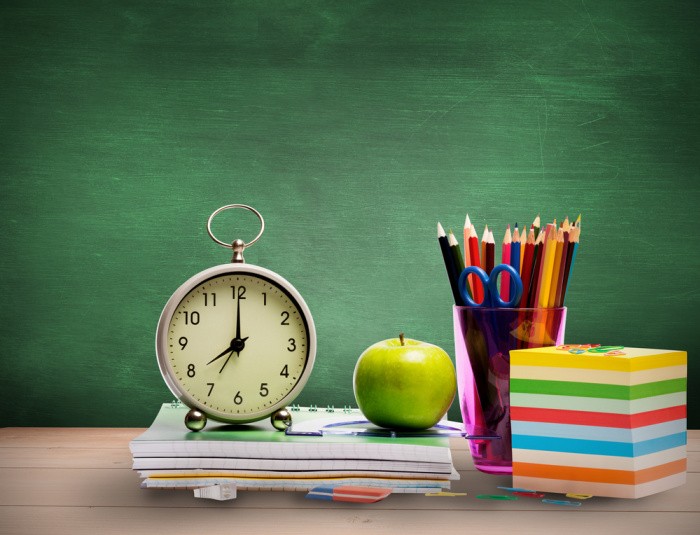
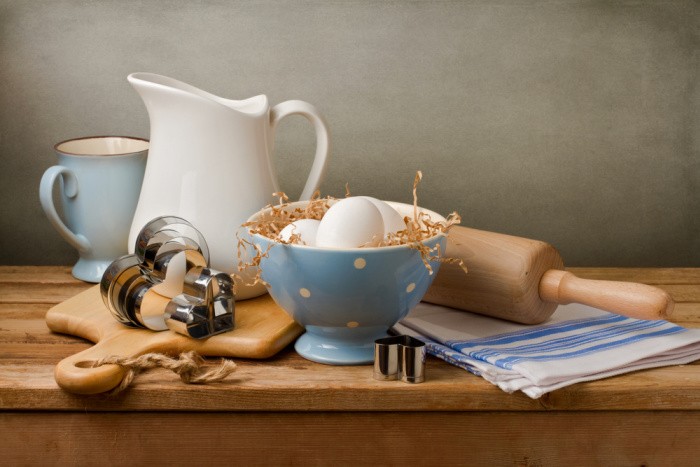



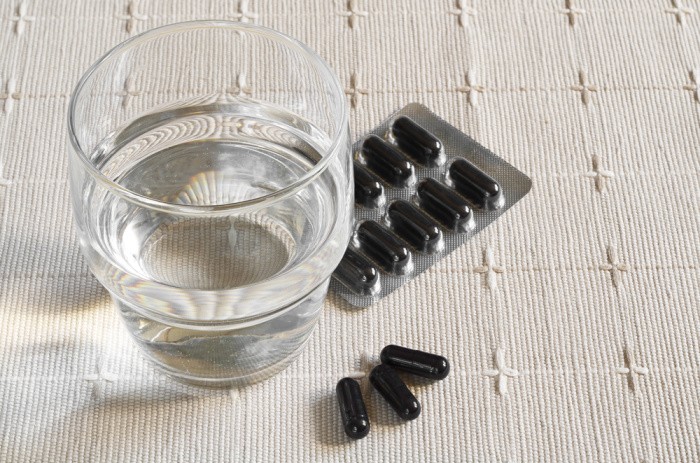
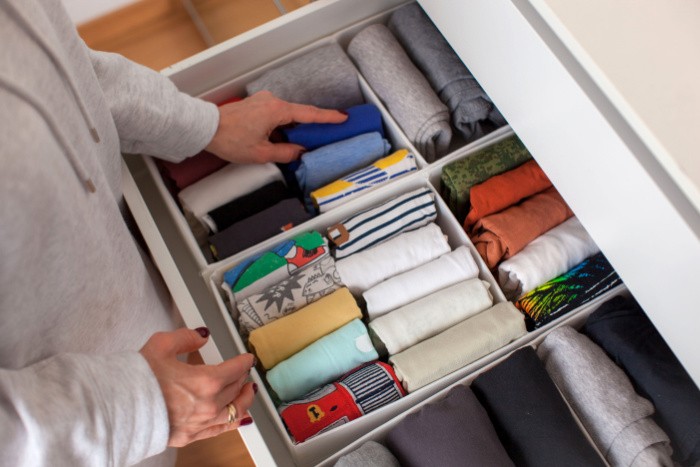
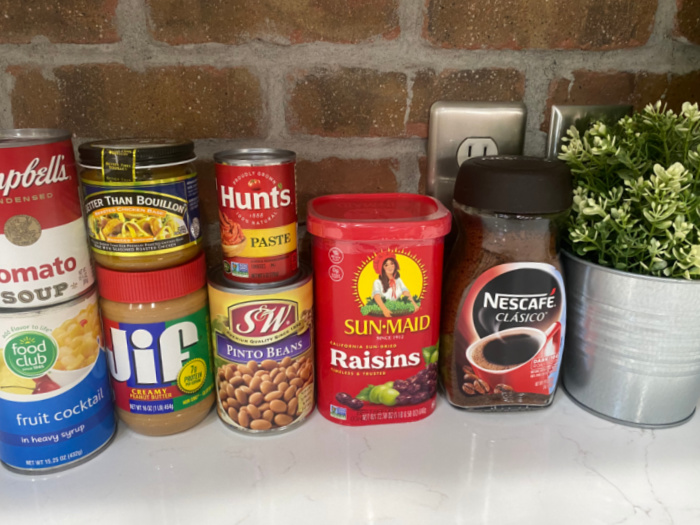

Very good list, may i add??
* A pair of walkies
* A sturdy bike
Hi Elioth, thank you for your suggestions, adding them right now, thank you!!! Linda